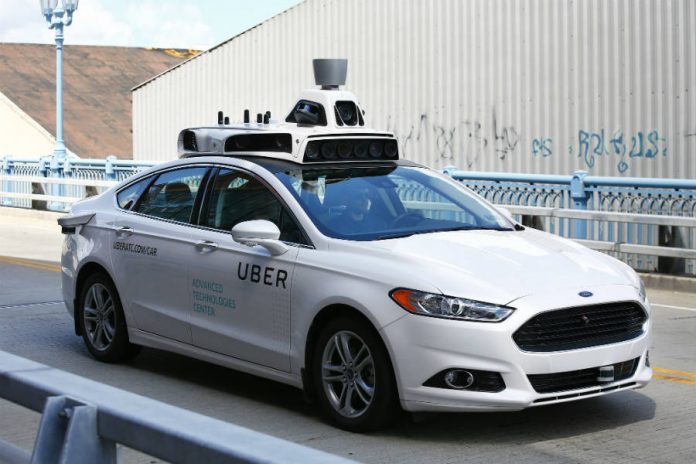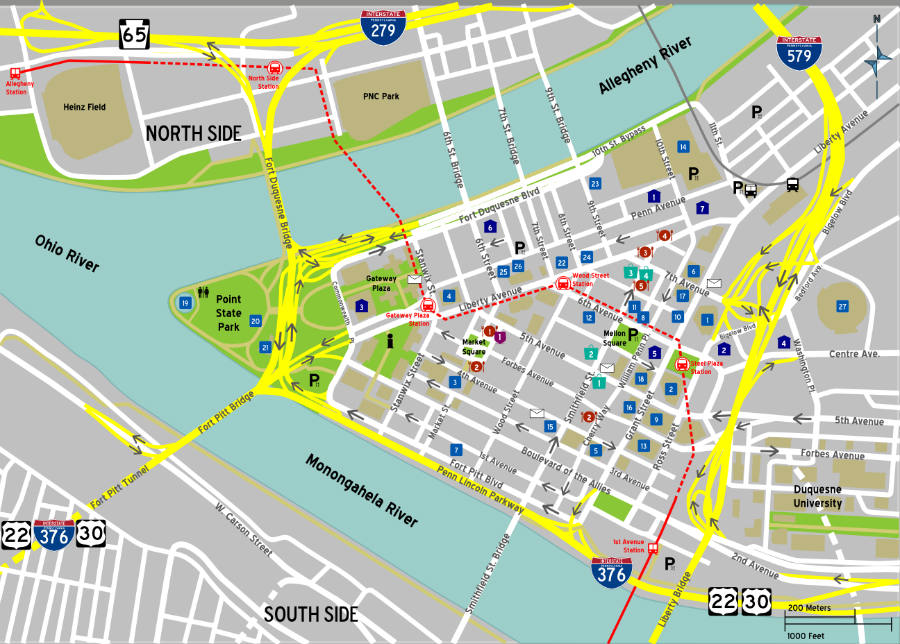
The ride-hailing giant Uber has started a pilot program in Pittsburgh, Pennsylvania to test a fleet of driverless cars. The app-based transportation service provider is taking the next step toward intelligent roads. It is is the first public test of this technology in the U.S.
Uber’s real-world trials would have marked a global milestone if they had started a couple of weeks earlier. The American driverless tech startup, Nutonomy, has that honor. Back in August, it rolled out its fleet of self-driving modified cars in the streets of Singapore to test its in-house developed systems.
The efforts by Uber in the realm of self-driving tech join those of most major automakers around the world and tech giants like Apple and Google. Earlier this week, Ford Motor Company announced its plan to develop, manufacture, and sell driverless cars by 2025.
Uber chose Pittsburgh for its difficult roads and conditions

Much like its driverless vehicles rides, Uber’s steps are carefully calculated. The digital ride-hailing company plotted to test its new fleet in different cities across the U.S. but ultimately chose Pittsburgh for the challenge it represents.
From a transit point of view, Pittsburgh is a unique metropolis in that it is not the perfect grid people know of America’s main cities. Three different rivers cut across the Pennsylvania city, while the terrain itself is irregular with many irregularities.
Moreover, Pittsburgh is also the home of the Carnegie Mellon University, a world-renowned institution for its ventures in driverless technology.
Uber said that, by choosing the city, it took into account the potential talent hosted in Carnegie and how it could eventually recruit some of its fresh minds to develop its self-driving systems further.
Uber takes a select few for a driverless spin
Uber’s Pittsburgh self-driving fleet consists of only a couple of modified Ford Fusions, similar to the ones used by Ford itself in its test drives earlier this week at its Michigan headquarters. A group of 1,000 Uber users in the city will be taken for autonomous rides.
However, the ride-hailing company has mounted quite a complex system atop the vehicle, including seven lasers, twenty cameras, and a specialized 360 3D radar that provides real-time rendering of the car’s surroundings. All this is topped off by over a 1,000 sensors spread across the car for the engineers to collect data from the journeys.
Media correspondents and Uber customers have said that, overall, the experience of hailing a driverless taxi has been a first approach to what the future could be like. Uber puts two trained engineers in the car: one behind the wheel and another one in the passenger’s seat to gather data. If the customers ever feel unsafe, they can ask the engineer to take over the wheel.
Uber’s trials are expected to expand in the future to include more areas of the city, most notably the Pittsburgh airport and some surrounding suburbs. Its fleet will also grow in numbers, as it adds more Ford Fusions and the Volvo XC90 SUVs seen earlier this year.
Source: Uber










